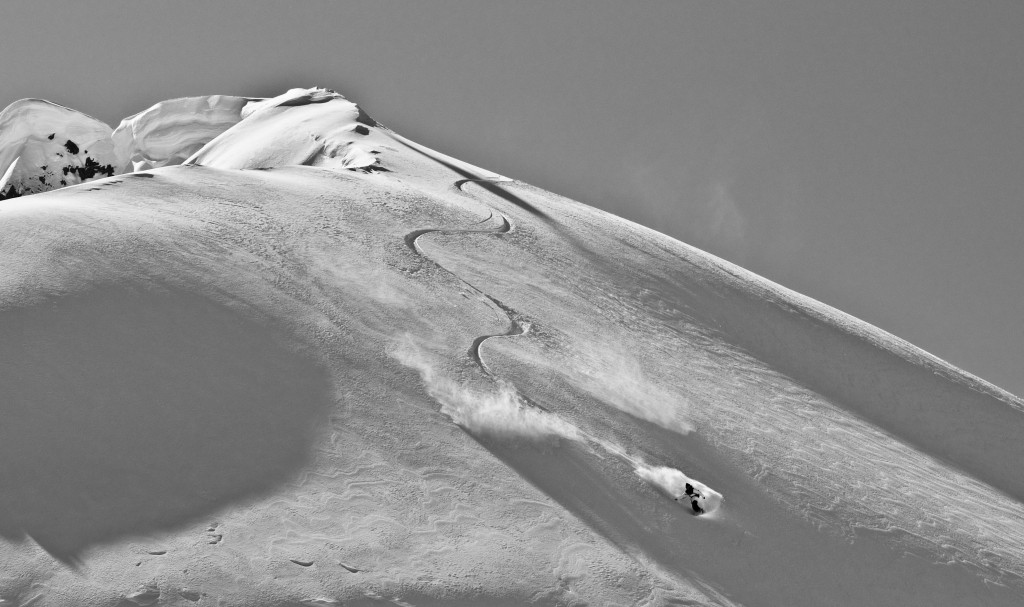Heli Skiing Snow Safety: Avalanche Shovelling Techniques
Strategic Shovelling for Avalanche Rescue
Here at Last Frontier, our top priority is avalanche shovelling techniques and overall safety, including companion rescue strategies. While we’re dedicated to scouting the best conditions for your heli-ski adventure, we also ensure to spend a few precious minutes educating you on avalanche shovelling techniques as part of standard avalanche rescue practices.
Proper use of beacons is perhaps the most important aspect, but often overlooked is the digging technique. Whilst nothing can beat a full avalanche training course, understanding basic techniques to clear snow and recognize avalanche debris can go a long way. So here is some information regarding best practices for digging, especially when you need to start digging downhill of the probe after a probe strike
Enabling all members of the group to work without disturbing each other, and to their optimum efficiency, is the aim whilst digging. One of the best ways to provide this is through a V-shaped formation to easily move snow away. The two front shovelers will assume positions about one spade length apart. The members behind will give each other two spade lengths. This positioning is quickly assumed and proven to be the most efficient.

The aim is to make a conveyor along the snow, especially avalanche debris, that can be easily and quickly moved. Each member of the group is responsible for shovelling the snow from their section to the one behind them. While there is loose snow at the front, shovelling is the best technique. When the front members reach more compact snow, however, cutting blocks and passing them back becomes the best method.
The angle at which the front members of the group dig is also an important aspect. Digging too deep, too quickly, or straight down, will ultimately make more work than necessary. Snow will easily fall back into the hole, and rescuers will have difficulty with access. Too shallow a dig, and then snow is likely to cave in. It has been calculated that the best trajectory to dig is along a 25–26-degree angle. From the formation of the V shape, a sloping plane, similar to this critical angle, is naturally reached.
It is also important to regularly rotate the members of the rescue group. Fatigue and tiredness can quickly set in when digging at such a fast pace. Four minutes is assumed to be a good measure for changing places, and the added psychological effect of expecting this rotation has been proven to increase motivation among diggers.
When the other member of the group is first seen, the top two diggers should proceed to carefully uncover them. The amount of snow now needed to be conveyed down through the V formation will have been greatly reduced. This will enable the members behind to take up positions beside the two front diggers, aggressively cutting into the sidewalls to provide extra space for them.
Now, you might see a cave-like pile of snow. This shows how using avalanche shovelling techniques to dig diagonally works better than straight down. At this point, the group can spread out a bit, with some people free to help others at the front finish up.
Tags: Heli Skiing, Heliskiing, Heli Ski, Heliski, Heli Skiing Tour, Heli Skiing Holiday, Heli Skiing BC, Heli Skiing Resorts, Heli Skiing Lodges


